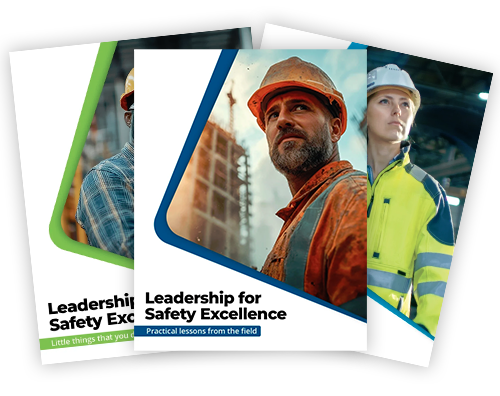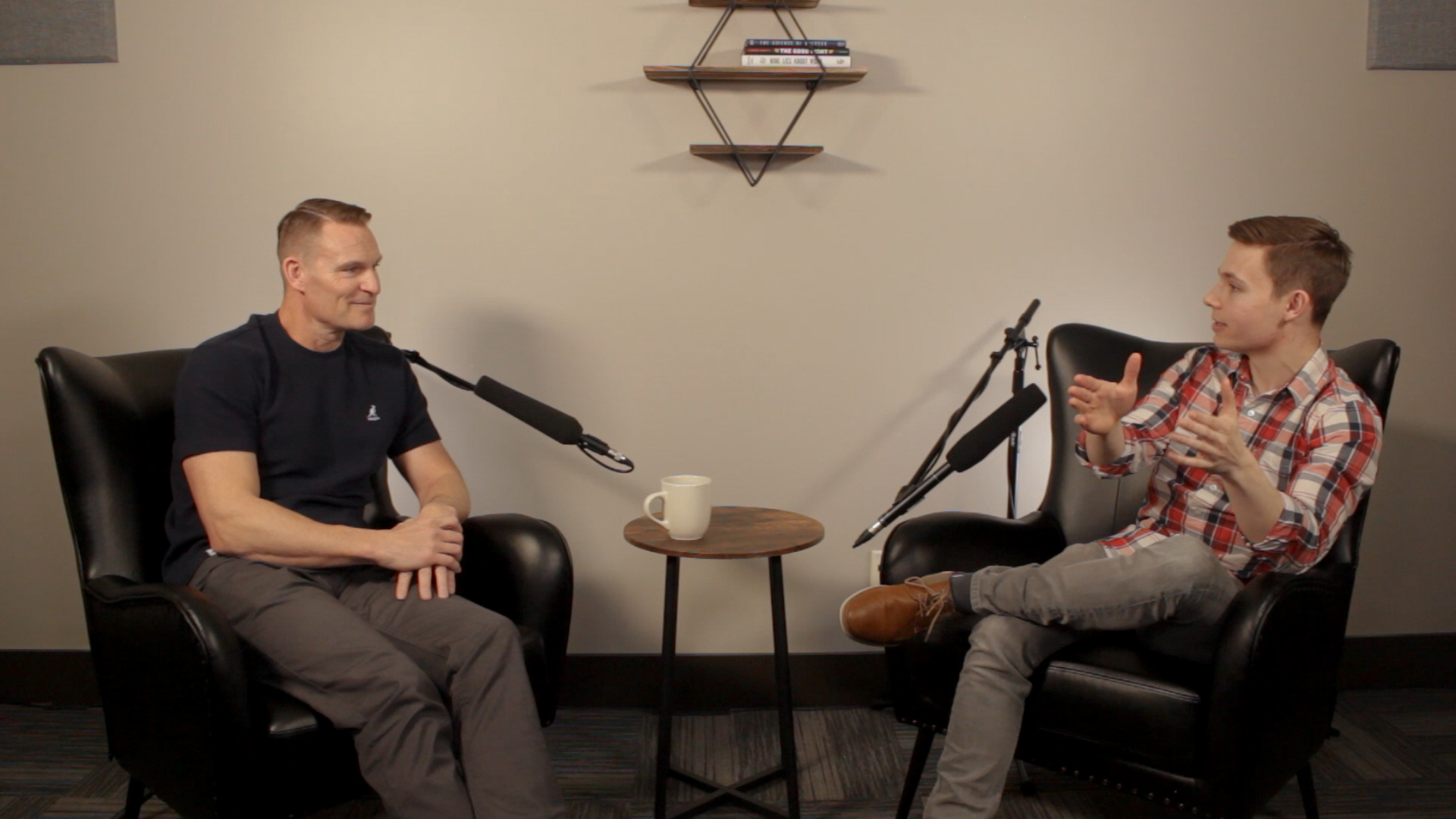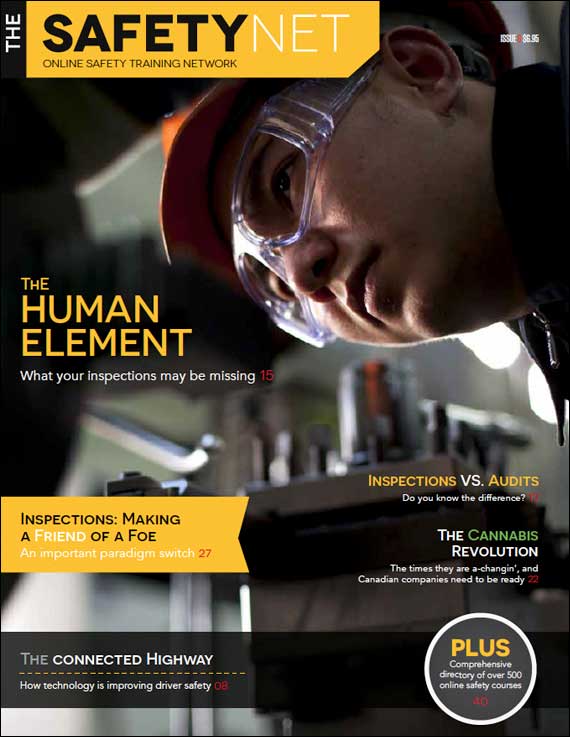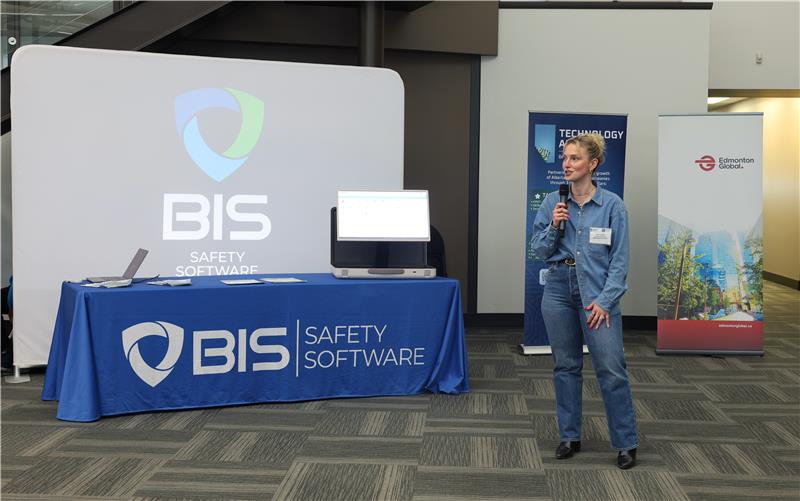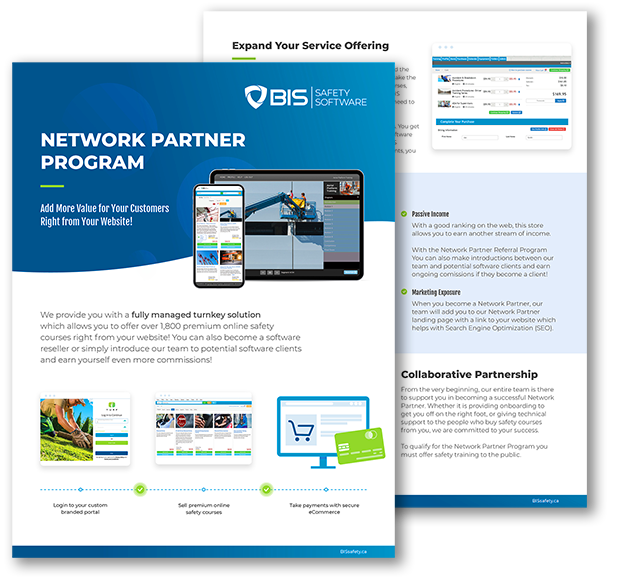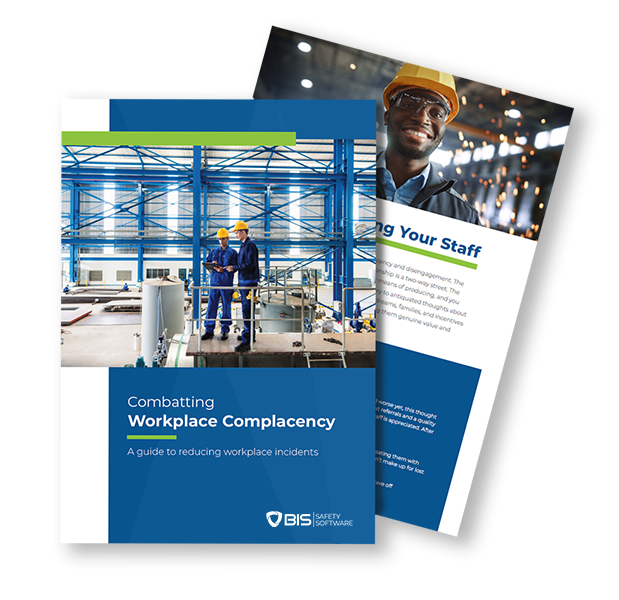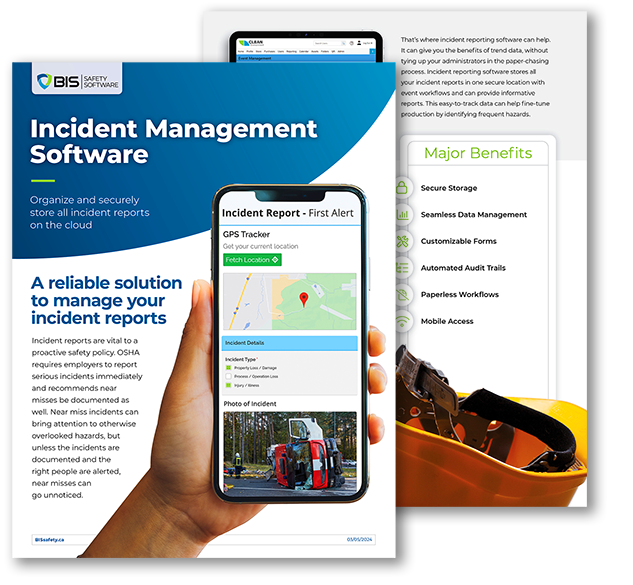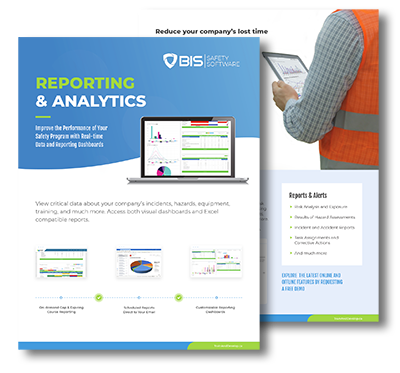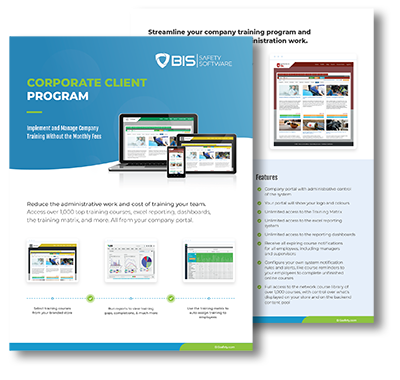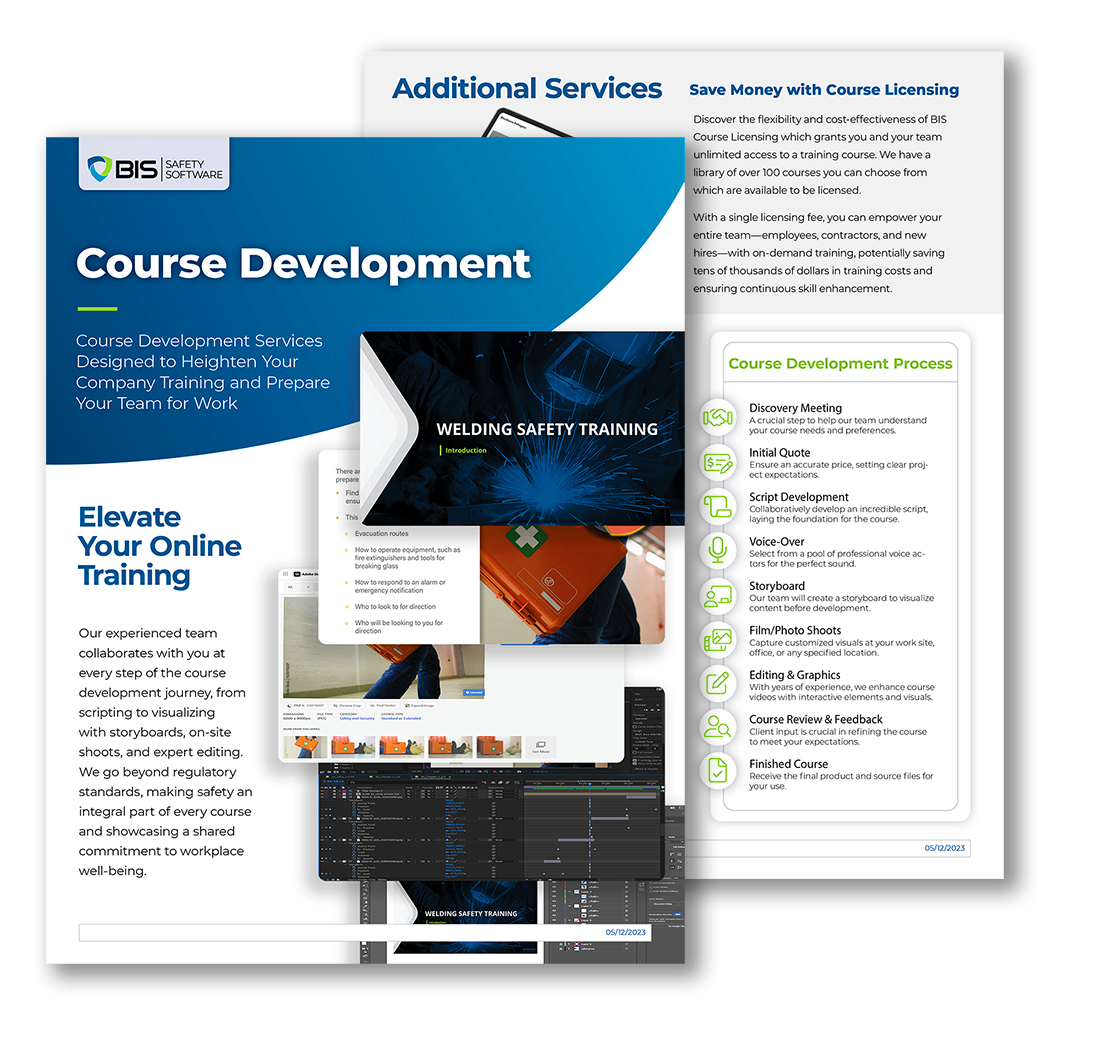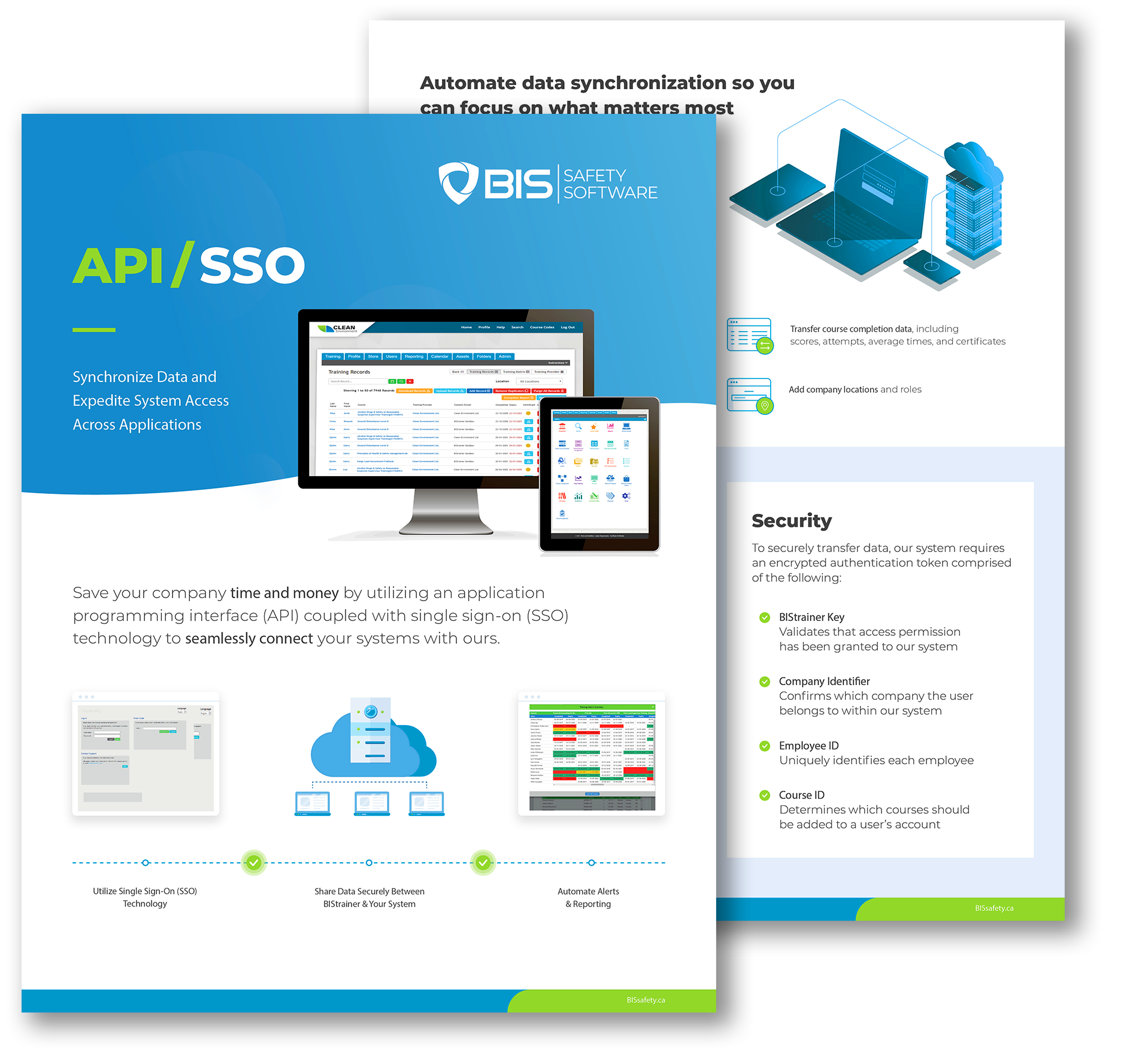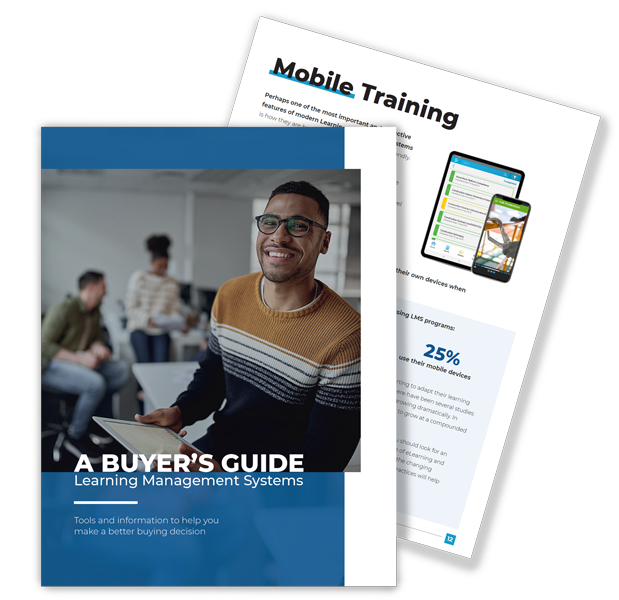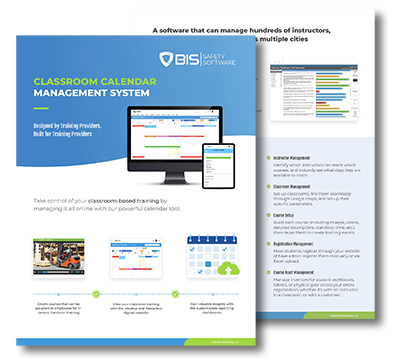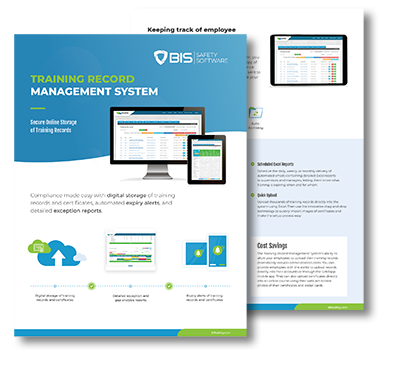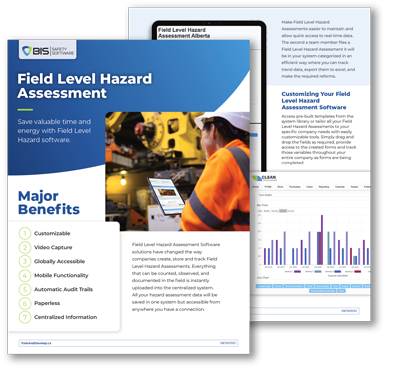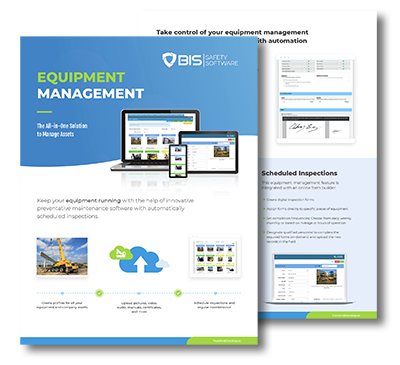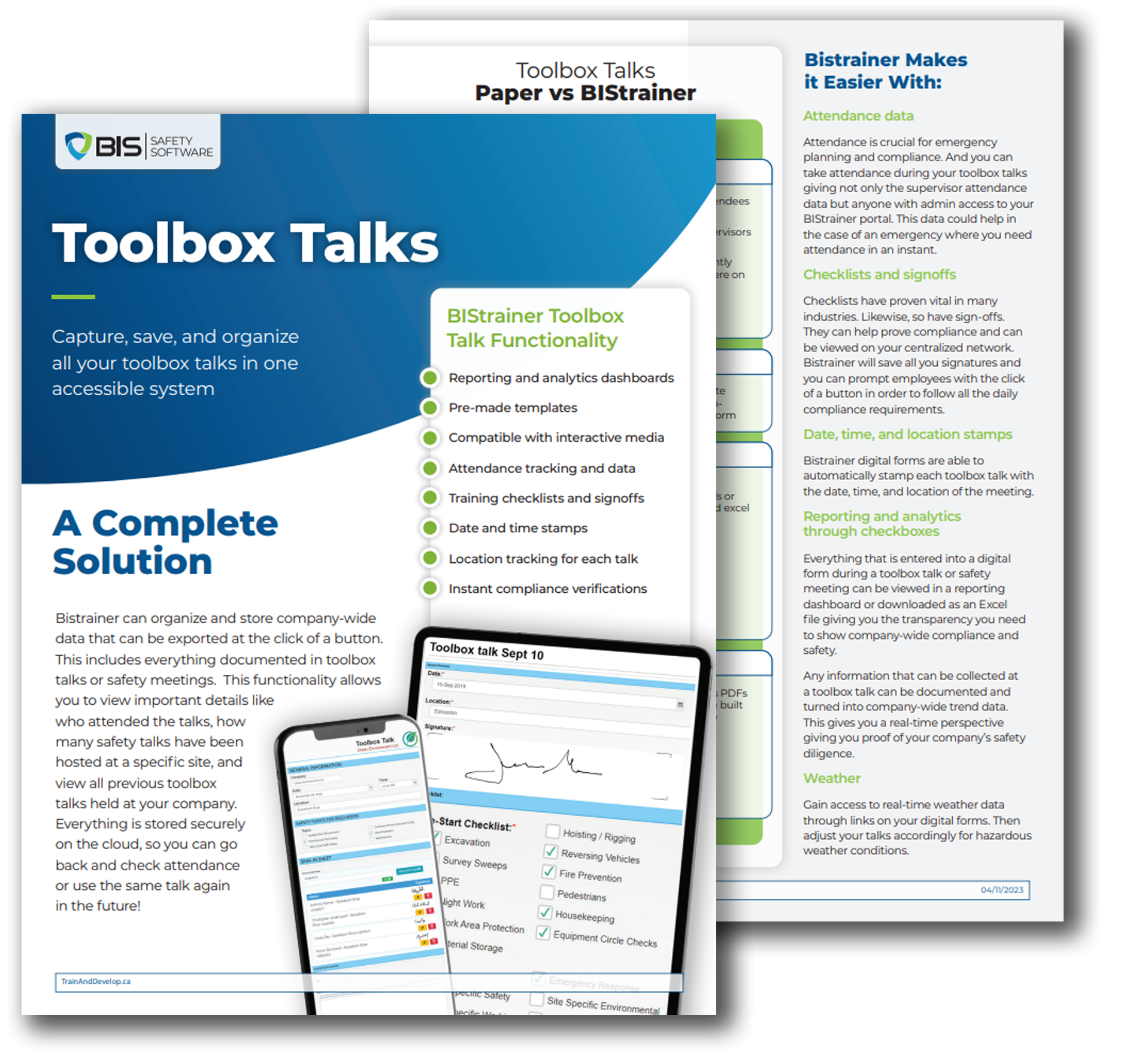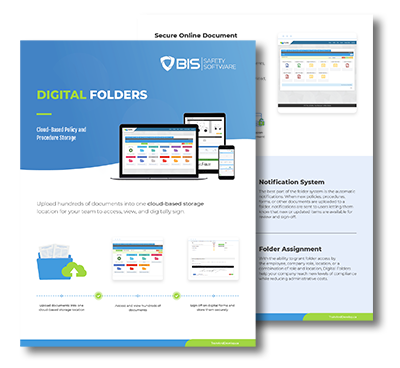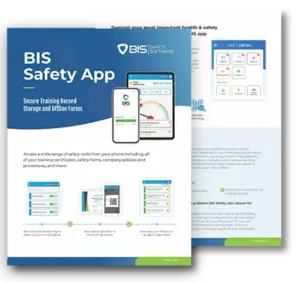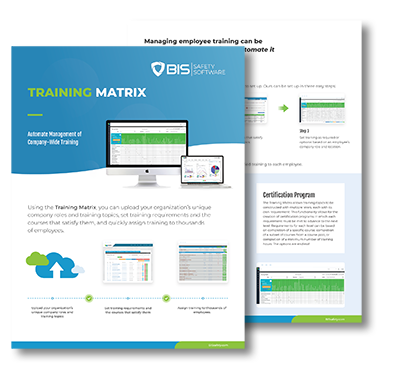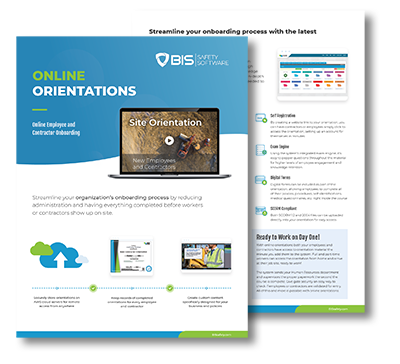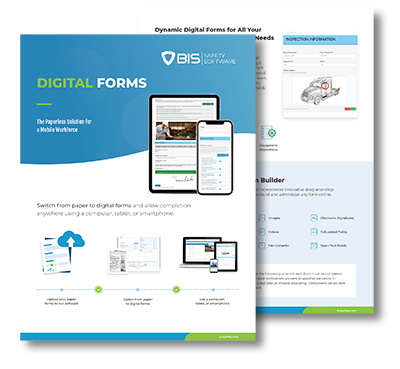Inland Truck and Equipment – Designing Safety Programs for People, Not Paperwork with Ashley Mckie

In this episode, Ashley Mckie, Director of Health and Safety at Inland Truck and Equipment and a three-time Top Woman in Safety honouree, joins to unpack what it takes to build a safety culture that scales.
Beale Infrastructure – You Can’t Fix Safety From a Clipboard: Rethinking Safety Culture with Ron Gantt
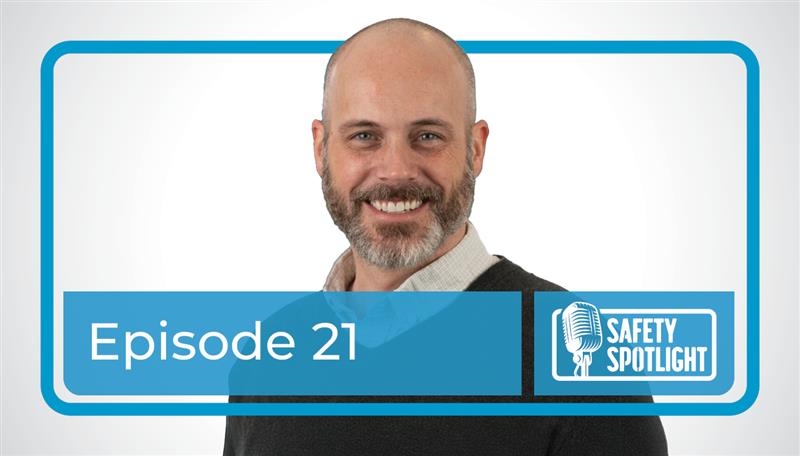
Ron Gantt, Vice President of EHS at Beale Infrastructure and co-host of Punk Rock Safety. What does it really take to build a safety culture people actually believe in?
MV Transportation – Building Credible Safety Leadership: Culture, Metrics, and Influence with Nicole Thunich
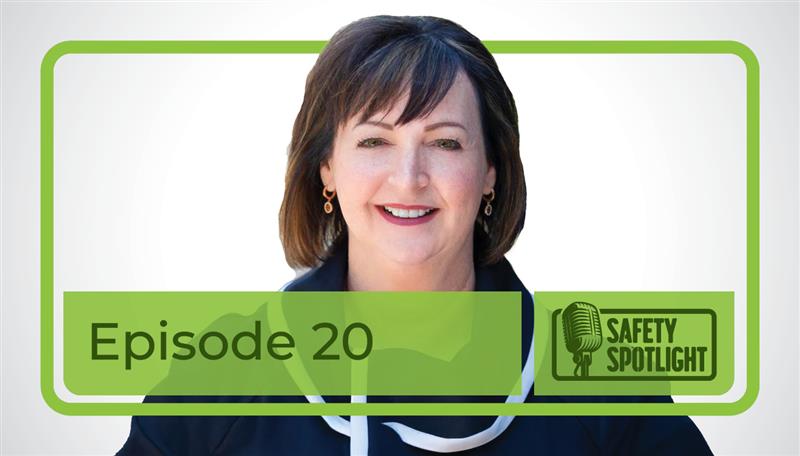
Nicole Thunich brings 30+ years of cross-sector safety leadership and a practical playbook for turning safety into a productivity driver. She shares how to assess frontline culture, align executive intent with field action, and prove ROI through clear baselines and follow-through.
Built on Trust:

This story explores how human-centered safety leadership, emotional intelligence, and digital transformation are helping build safer, more resilient workplaces.
Stopping Work Isn’t Slowing Down, It’s Stepping Up
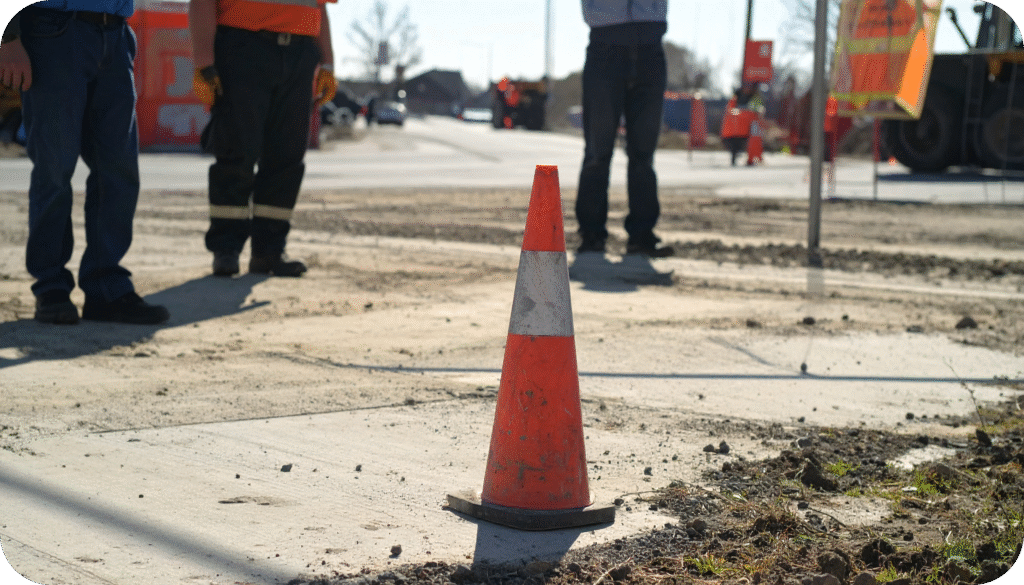
Stopping work when a hazard is identified isn’t about slowing progress, it’s about saving lives. Learn how real-time hazard identification, empowered crews, and digital reporting tools can create a safety-first culture that protects everyone on-site.
In Scope Solutions – Building a Culture of Connection: Managing Human Factors in High-Risk Industries with Susan Sawatzky
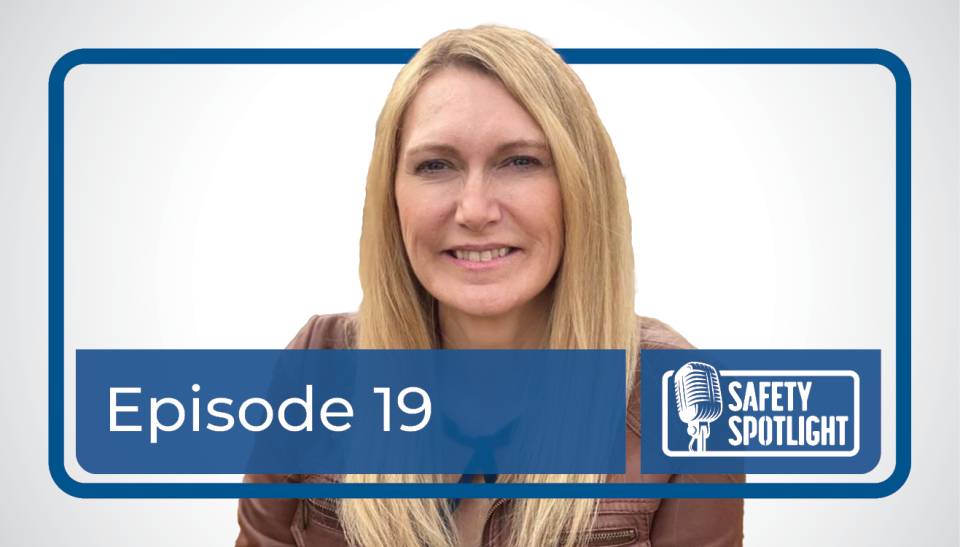
In this episode, Susan Sawatsky discusses how the “people part” of safety is often missed in traditional safety management systems, highlighting that true safety comes from understanding people acting in systems.
MindBody Works – Sylvia Marusyk on Stress, Burnout, and Building Resilient Workplaces Through Human Connection

What happens when stress becomes the hidden hazard no checklist can catch? In this episode, occupational therapist and activational speaker Sylvia Marusyk shares
SafetyLAB – Juliana Bley on Human Factors, Learning Design, and Building Safer Workplaces Through Connection

What happens when we stop treating safety as just rules and checklists, and start focusing on people, connection, and how adults really learn?
What Biology Labs and Safety Culture Can Learn From Aviation: Luca Filippo’s Safety Journey

Safety culture in the workplace isn’t built on rules alone, it’s created when leaders model responsibility, inspire trust, and stop shortcuts before they spread.
Jeff Espenship and The Shortcut That Started a Movement

Safety culture in the workplace isn’t built on rules alone, it’s created when leaders model responsibility, inspire trust, and stop shortcuts before they spread.



